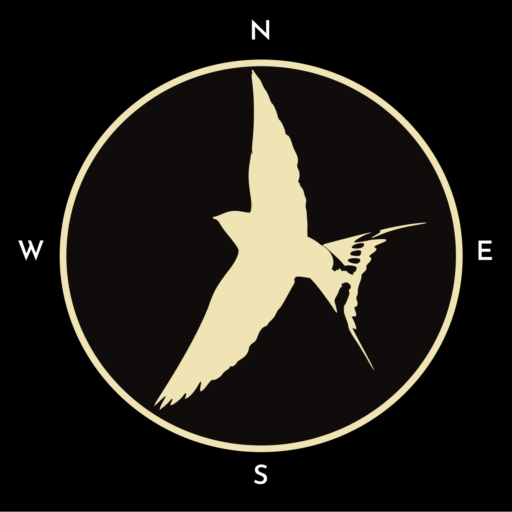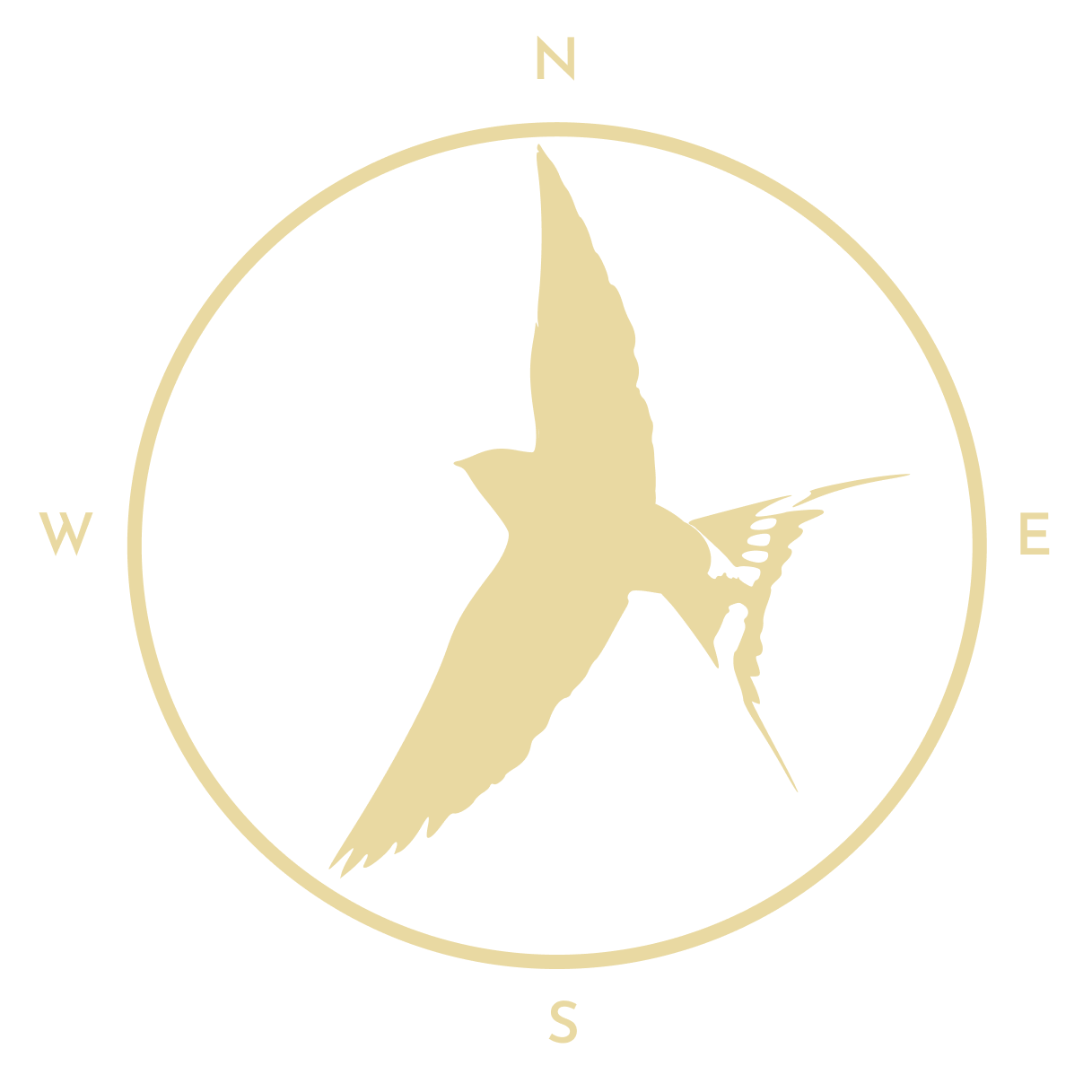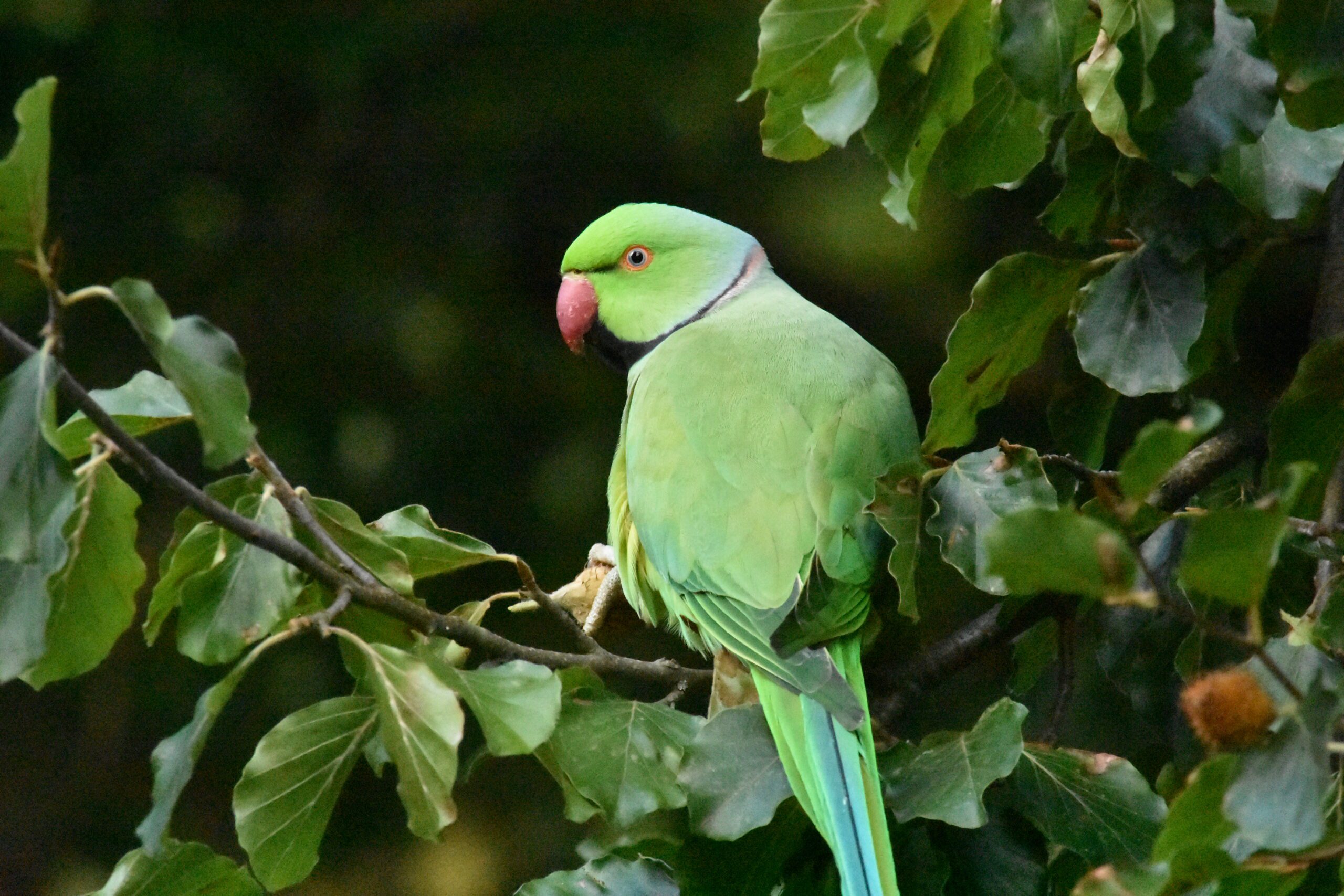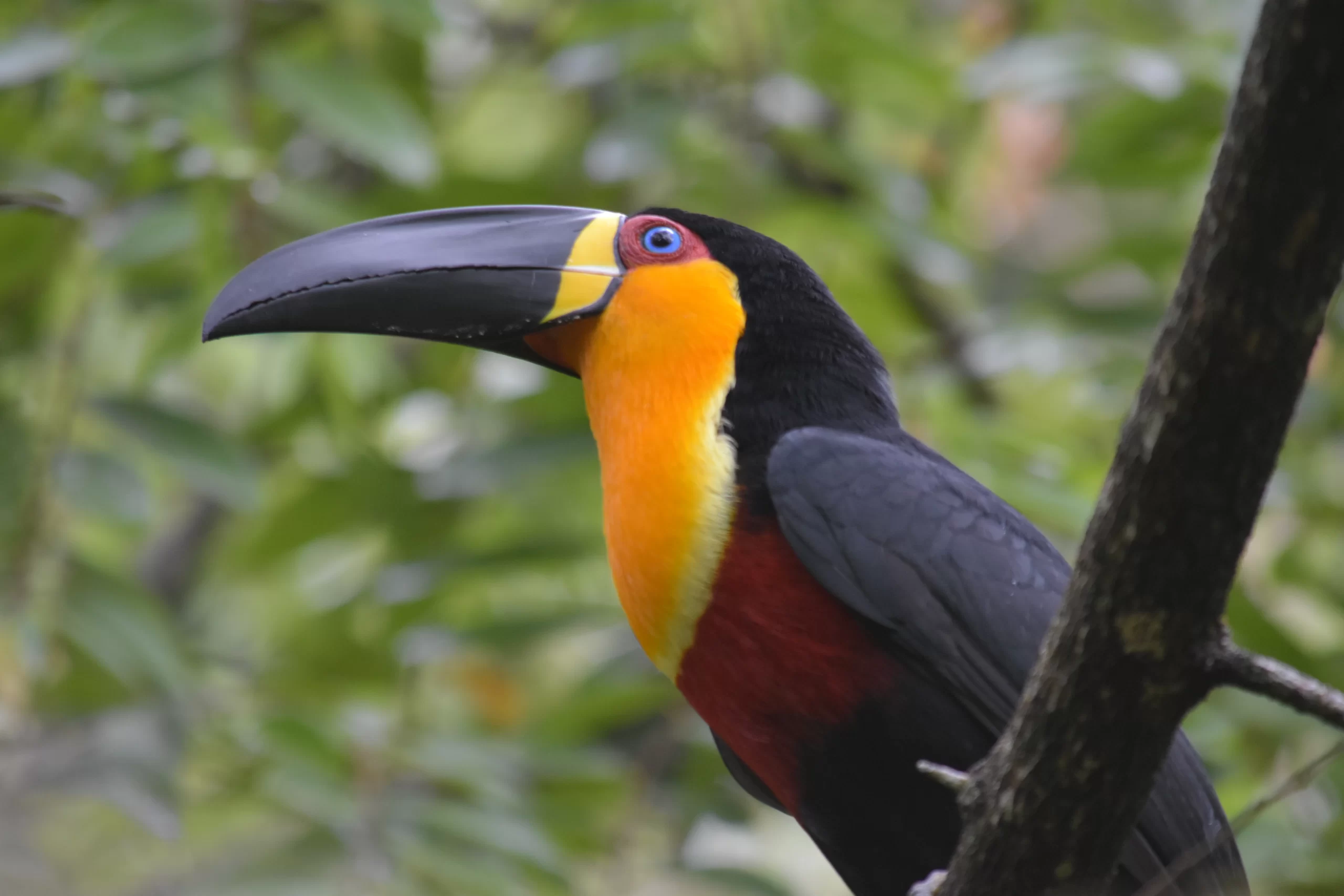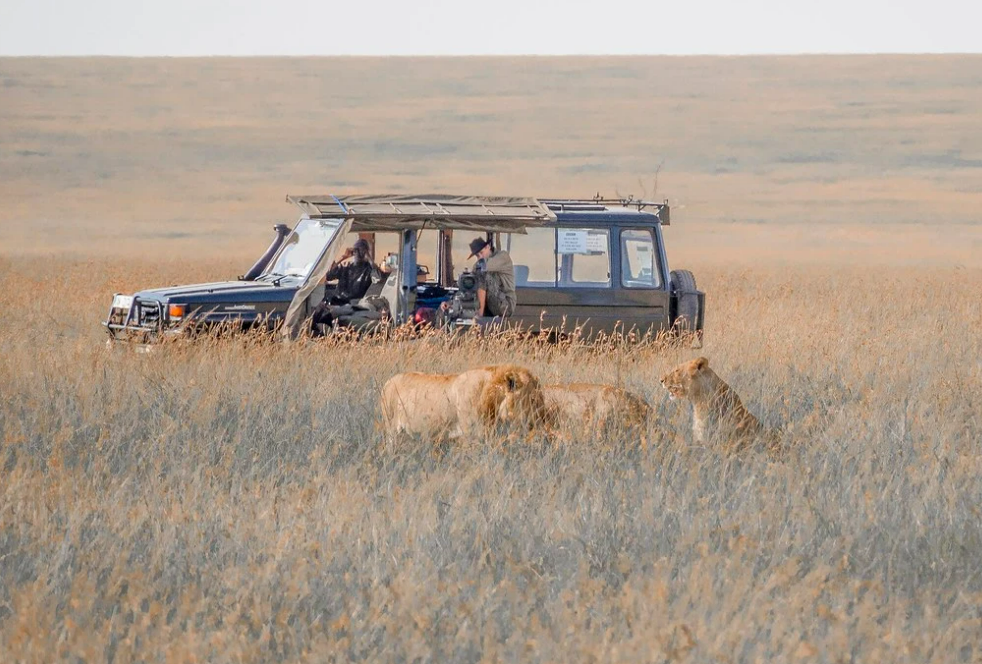

8 Affordable African Safaris (that are worth the money)
African safaris have quite a few characteristics that tend to drive costs up. Equipment for running such tours tends to be expensive to buy and maintain, accommodation is usually impossible to reach without your own set of wheels (often nothing less than a 4×4 will do, which will burn through your cash quicker than its fuel) and with that kind of isolation you’ll be paying a fair amount for your meals. Plus the owners will pay an equally large amount to keep things running. However, there are a few outliers that make it all doable on a backpacker’s budget.
Each daily rate mentioned below includes a campsite or something even better, food for the day, entry fees (which are generally good for a calendar day or 24 hours, but check to make sure) and a full day’s worth of game drives. Do bear in mind that they are based on online quotes, so may be out of date – prices could go up in Africa without warning in the pre-covid days, and I shouldn’t expect it will be any different after.
Also, they don’t include the costs of flying there, which you’ll have to account for. Generally, you’d have to transit through Johannesburg for most of these locations.
Kruger National Park: £75
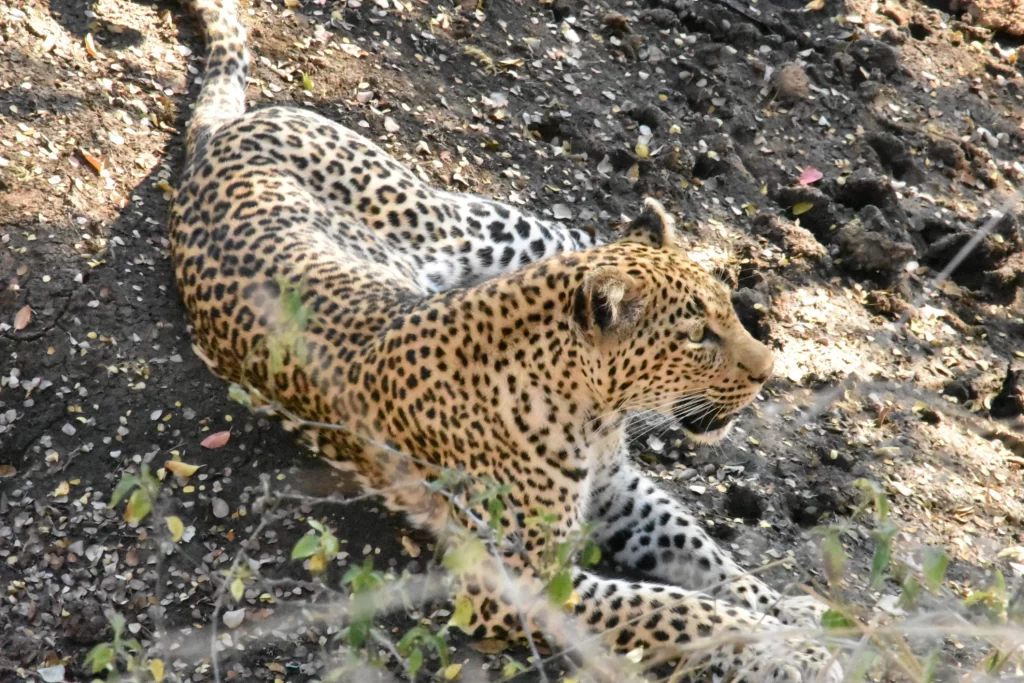

I should come clean and say, my blog has a bias towards Kruger National Park. But it’s not unfounded. Roughly half of Kruger’s roads are sealed, so getting around in a 2WD is perfectly viable – but on the other hand, jeep safaris aren’t too expensive either, running for around R900 (£50). There are backpacker hostels nearby with their own dorm beds and kitchens, and supermarkets near to these. Part of the reason behind all this is that South Africa is one of the few countries on the continent with a steady stream of backpackers, and most head to Kruger for their safari fix. For that reason, there’s commercial sense in setting up and offering safaris for this audience. Kruger has pretty much all of the classic safari animals, and three days of game drives should be enough to see all of them including more difficult stuff like leopards, rhinos and cheetahs.
How do I get there?
Johannesburg airport has numerous car hire desks and like Nairobi is one of Africa’s international hubs. As an added bonus, it’s to the east of the city so you don’t need to pass through if you’d rather not (and if that’s you, I’ve got a guide you might like). Shuttles to Marloth Park and Nelspruit, the gateway towns, also start from here.
Gorongosa: $125 (£96)
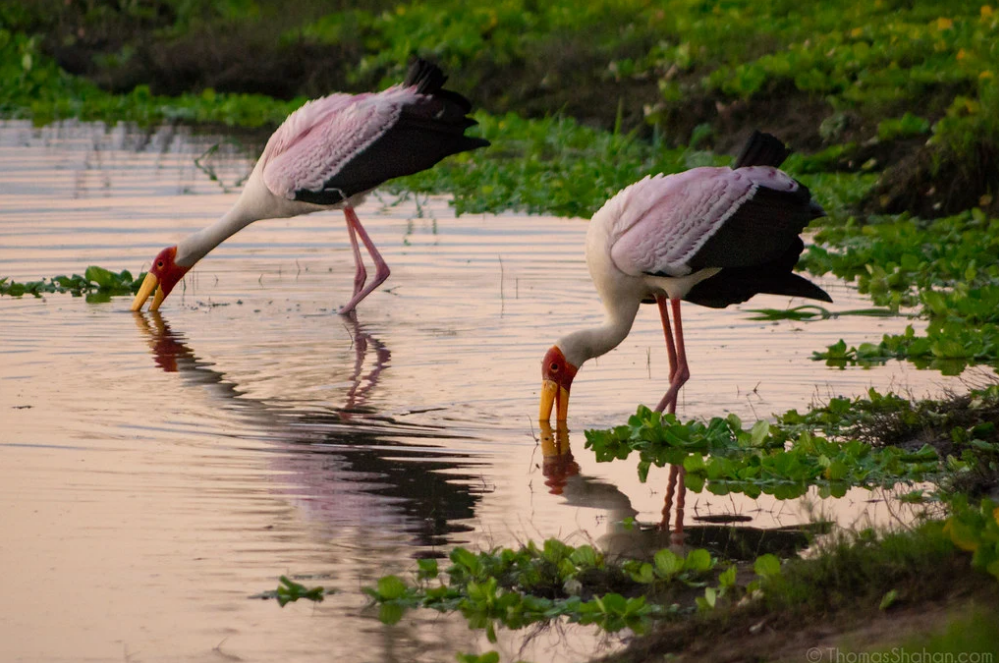

Mozambique’s answer to safari tourism is this park, now its flagship project in that regard. Decimated by civil war, a conservation program in the peacetimes brought this park’s wildlife back to a healthy state. As part of this program, they’ve begun taking their ecotourism potential seriously and have been pioneering a lodge and campsite. Entry and camping fees at the lodge are quite reasonable, plus firewood is provided. There’s a realistic enough chance of seeing lions and African wild dogs, which were reintroduced four years ago. As the park is still fairly under-visited, chances are you’ll get that wilderness experience you’ve been craving.
How do I get there?
Transfers are available from Beira for $38 each way, a town which is pretty well-connected to the rest of Mozambique. Gorongosa is about midway between Beira and Malawi so if coming from that end you could also see if something can be worked out.
The Okavango Delta: £50-85
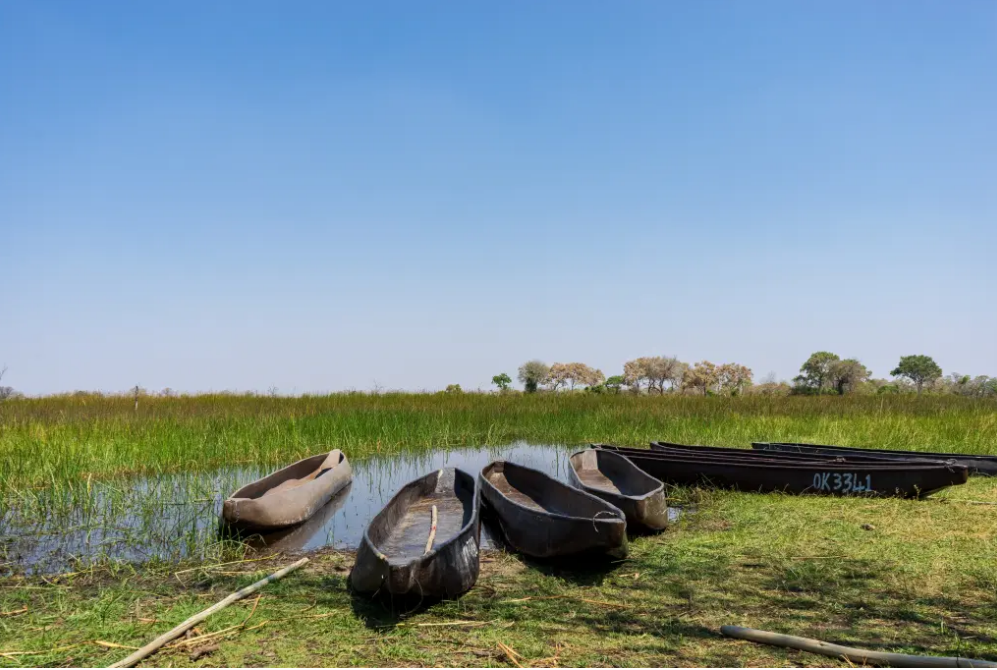

People typically visit the Okavango Delta not in jeeps but in dug-out canoes, or mokoros, which use locally sourced materials for this. As well as being infinitely more practical for navigating the waterways, sticking to the old ways means that guides don’t have the headache of refuelling or replacing vehicle parts. Going on a mokoro safari is an experience unto itself; when moving around you’re only able to see the reeds, unlike the boatman who might decide to surprise you with the sight of an elephant or zebras round the corner. And there’s no roar of an engine over it all, just the sound of water sloshing and the chorus of birds and frogs.
How do I get there?
Maun is where all safaris start from and where the mokoro “union” is headquartered. There are frequent buses to other parts of Botswana including the capital. For example, an overnight bus to Gaborone is roughly £12.
Mole National Park: £40
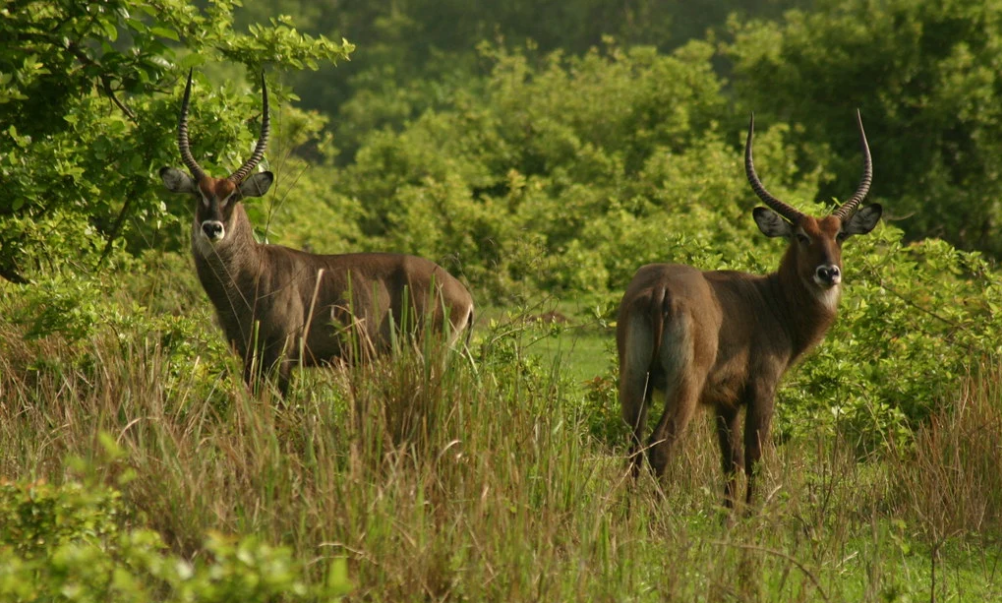

Ghana seems to be a really cheap country to travel around on the whole, almost rivalling SE Asia sometimes. And that has extended to its one “safari” location, a massive area of savannah in the north. The selection of animals is modest compared to better-known locations: elephants, warthogs, antelopes and baboons can be found here, plus there’s a night safari that sometimes turns up bushbabies. Then there’s also a spot nearby with crocodiles and hippos. And that’s about it, so you largely need to be happy with what you do see and not unhappy with what you don’t. However, the prices certainly can’t be beaten, and Ghana has some other amazing attractions including jungles, beaches, mud mosques and slave fort museums to take in on the way.
How do I get there?
From Accra, it’s a long day by bus up to Tamale, northern Ghana’s primary city. From there there are buses to Larabanga, and then take a taxi or minibus to the park’s entrance where there’s the motel.
South Luangwa National Park: ~£92
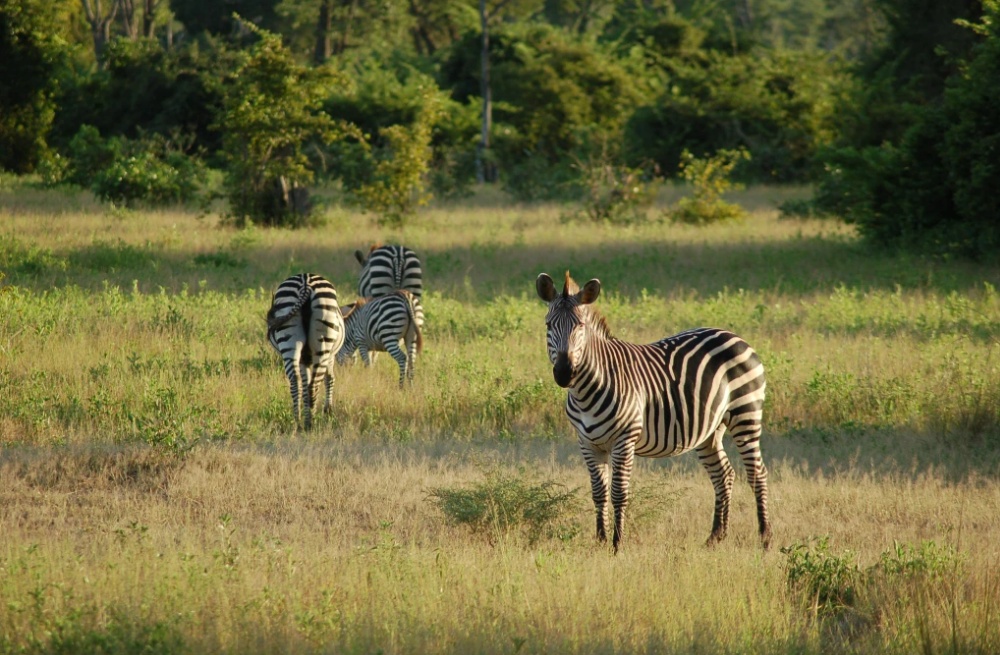

The big 5 except rhino are here, and South Luangwa is said to be one of the best places in Africa to see leopards. As a result it’s one of Zambia’s major attractions, oftentimes the only reason folk who’ve just seen Victoria Falls don’t beeline towards Malawi. Marula Lodge has dorms and offers packages in them including two safaris a day and three square meals, a figure per day which goes down the more nights you stay.
How do I get there?
Mfuwe is the gateway town, with connections to Chipata (near the Malawi border) and one directly to Lusaka itself (£8, 10 hours).
Etosha National Park: £88
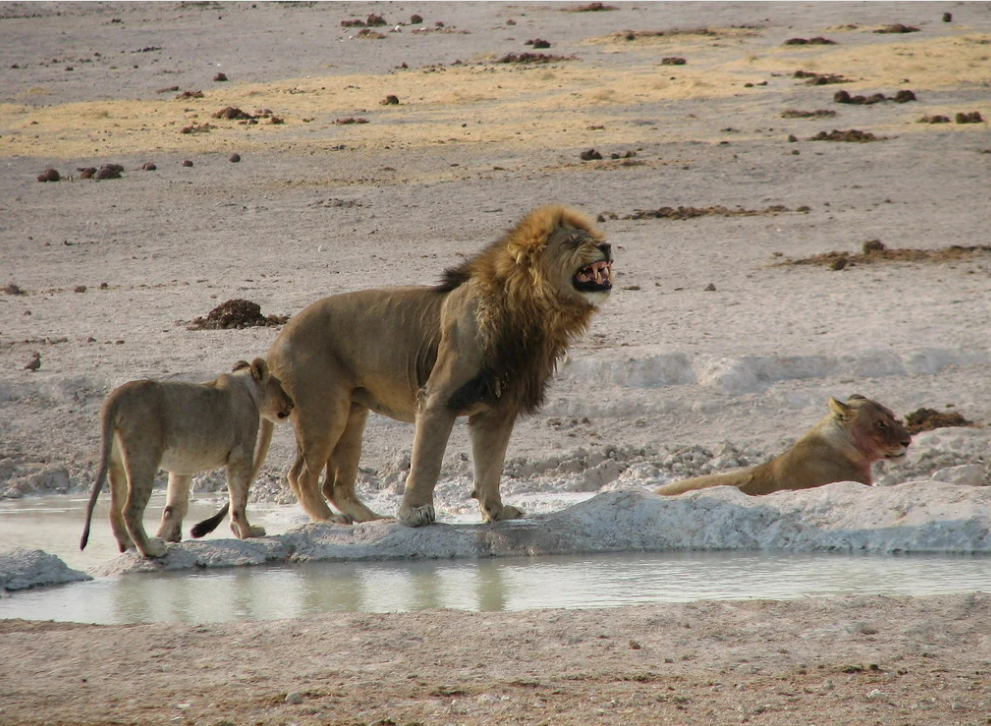

This park is supposedly sedan-friendly. I’ve heard some people managed it no problem, others would insist that for the good of your backside you’d at least need a high-clearance SUV. Either way, it appears a full-blown 4×4 is not necessary for this park.
The classic image of an African waterhole, with various animals of different sorts congregating to drink, is in most places a rare sight. Not here. It’s also said to be one of the best places to see rhinos in Africa, and predators aren’t too hard to find either.
How do I get there?
Fly or get a bus to Windhoek and rent a car there.
Addo Elephant park: £65
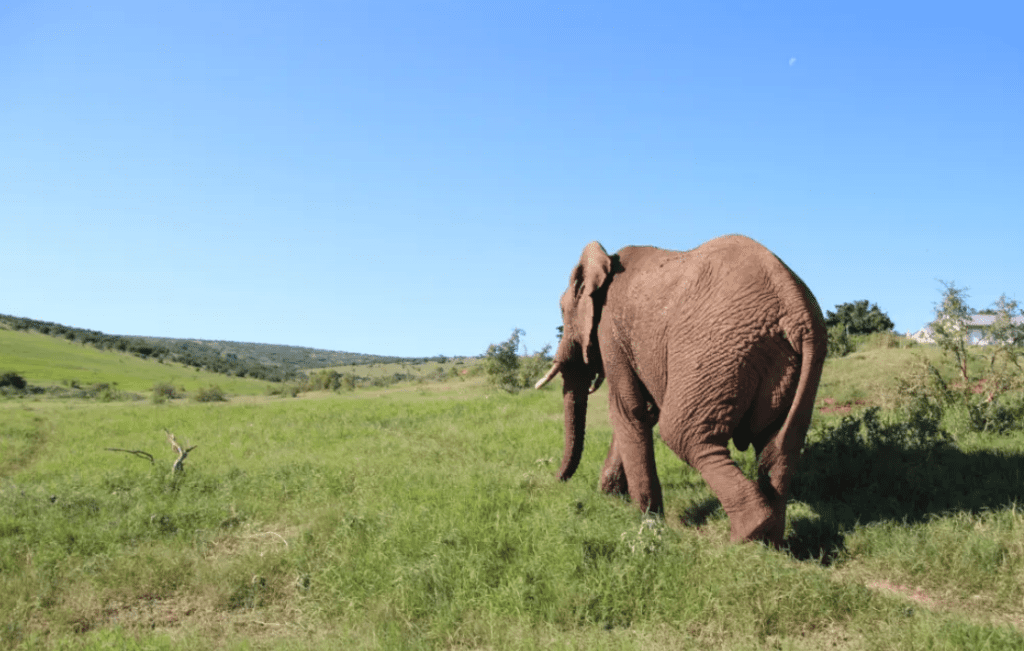

Another national park that’s sedan-friendly. And, as an added bonus, it’s 100% malaria-free. The big 5 are here, though leopards are very hard to find. Addo also includes a stretch of coastline that’s good for whales. Whilst it’s still a good idea to slap on suncream, it’s noticeably cooler here near the Cape than much of the rest of Africa – in the winter it can even snow on occasion. Now wouldn’t that be a safari to remember…
How do I get there?
Addo is northeast of Port Elizabeth, and not far from the major highways.
Maasai Mara: £120 – best safari option if time is money


For those of you who just want to go to Africa for a quick safari rather than overlanding or visiting multiple countries, and would rather go on a tour rather than try to do it independently, the Masai Mara is the best option. Nairobi’s airport is where most flights to Africa head to, and there’s no shortage of shared tours heading from the city to the Mara. All the classic safari animals can be seen here, as well as the Wildebeest Migration – if you asked me to name a more covered topic for nature documentaries, I’d probably be here all day. On top of that, if the tour lasts three nights or more, many of them will also stop at Lake Nakuru to see the flamingo colony. Tours at this kind of price point tend to use minivans with pop-up roofs, which operators tend to flaunt in their marketing rather than try to downplay.
How do I get there?
Fly to Nairobi, one of Africa’s main hubs, and stay at any hotel or hostel for the night. The tour operator will take it from there.
Photo accreditations
“Yellow-billed stork (Mycteria ibis) – Gorongosa National Park, Mozambique” by Thomas Shahan 3 is licensed under CC BY 2.0.
Okavango Delta photo by Ajeet Panesar on Unsplash
“ghana mole national park” by Retlaw Snellac Photography is licensed under CC BY 2.0.
“File:South Luangwa National Park, Zambia (2508422743).jpg” by Joachim Huber from Switzerland is licensed under CC BY-SA 2.0.
“Lions, Etosha” by NH53 is licensed under CC BY 2.0.
“BBC Film Crew at work / Masai Mara / Kenya” by fotopamas is licensed under CC BY 2.0.

